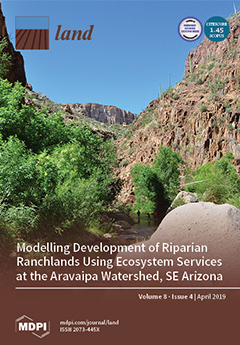Linking Climate Change Adaptation and Mitigation: A Review with Evidence from the Land-Use Sectors
There is extensive scientific evidence that both adaptation and mitigation are essential to address the problem of climate change. However, there is still limited knowledge about the possibilities for exploiting the interrelationships between these measures in the design and implementation of climate change activities. In this paper, first the adaptation–mitigation dichotomy and definitions of adaptation and mitigation are discussed.









